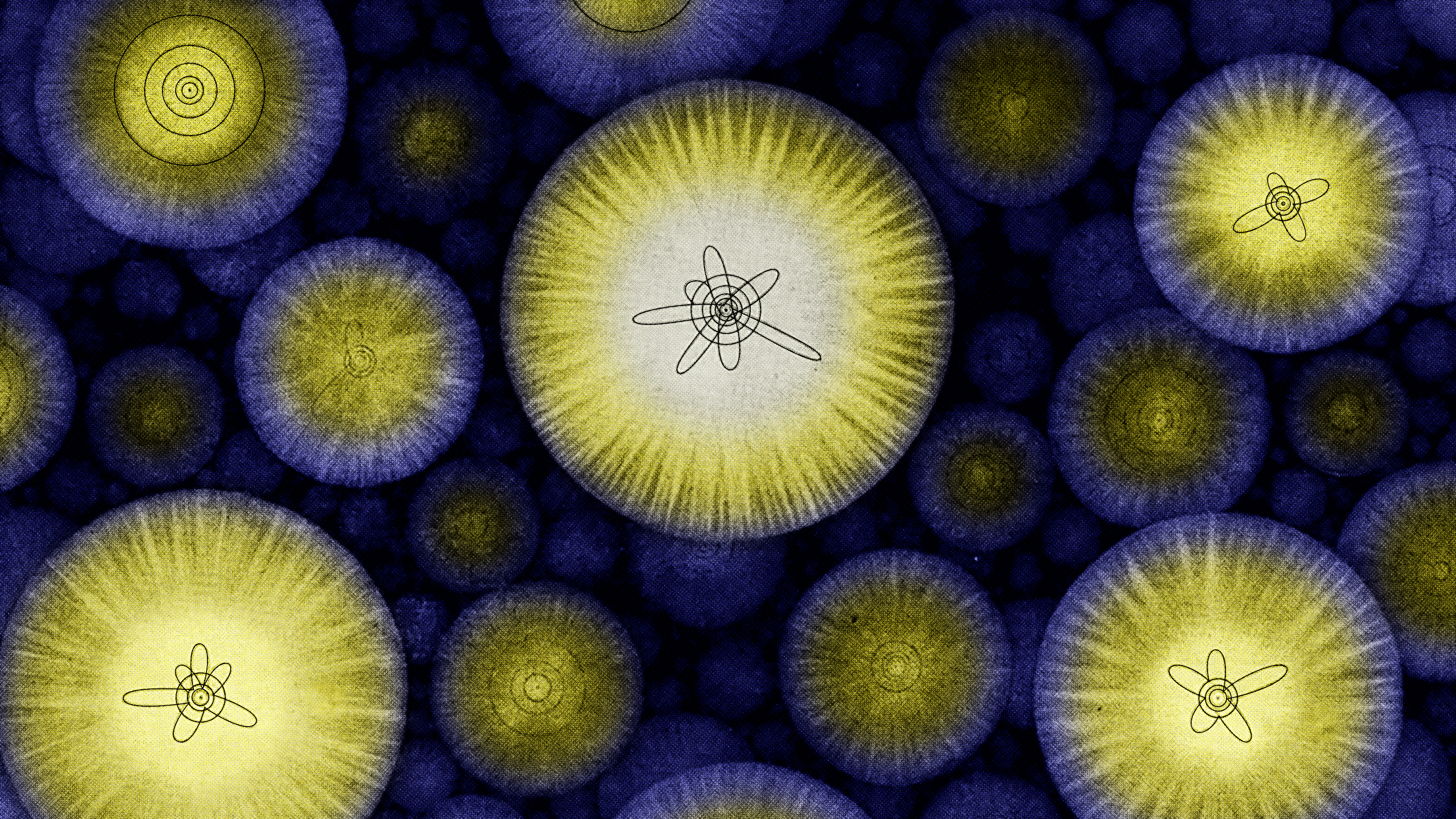Former United States Secretary of the Treasury Timothy Geithner explains the recipe for financial disaster and the importance of remembering prior crises.
Timothy Geithner: So there’s this fundamental source of uncertainty in the financial system and it has two pieces to it. One is it’s very hard to tell in looking at a bank, or even a money market fund sometimes, or an investment bank, or a mortgage company what the actual risk is in the entity. It’s very hard to tell. But the future’s uncertain so you can’t be certain. What’s the likelihood that the losses this institution might face are going to be Great Depression-like losses? It’s a hard thing to tell. And so that uncertainty in some sense is what drives the panic. And to break that incentive to run what you have to do is make sure you push a lot of capital into the system, which we did very effectively. But also that you provide a set of broader guarantees and protections so that again people – you sort of solve for the uncertainty confidence thing. You need this mix of loss absorbing resources like that money in the window and you need a fire station that can come in and give people the complete protection against – or break the incentive to run. You need both of those two things.
And again what we did in this crisis ultimately – well it was messy, it came a little late -- is we forced a bunch of capital into the system and we deployed the fire station to make sure we guaranteed people’s deposits. And we helped guarantee money market funds and we helped keep the commercial paper markets open which is how lots of businesses fund themselves. And it was that mix of the fire station and the capital that ultimately made people more comfortable. They didn’t have to rush for the exits.





